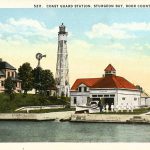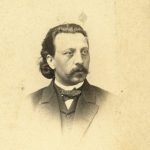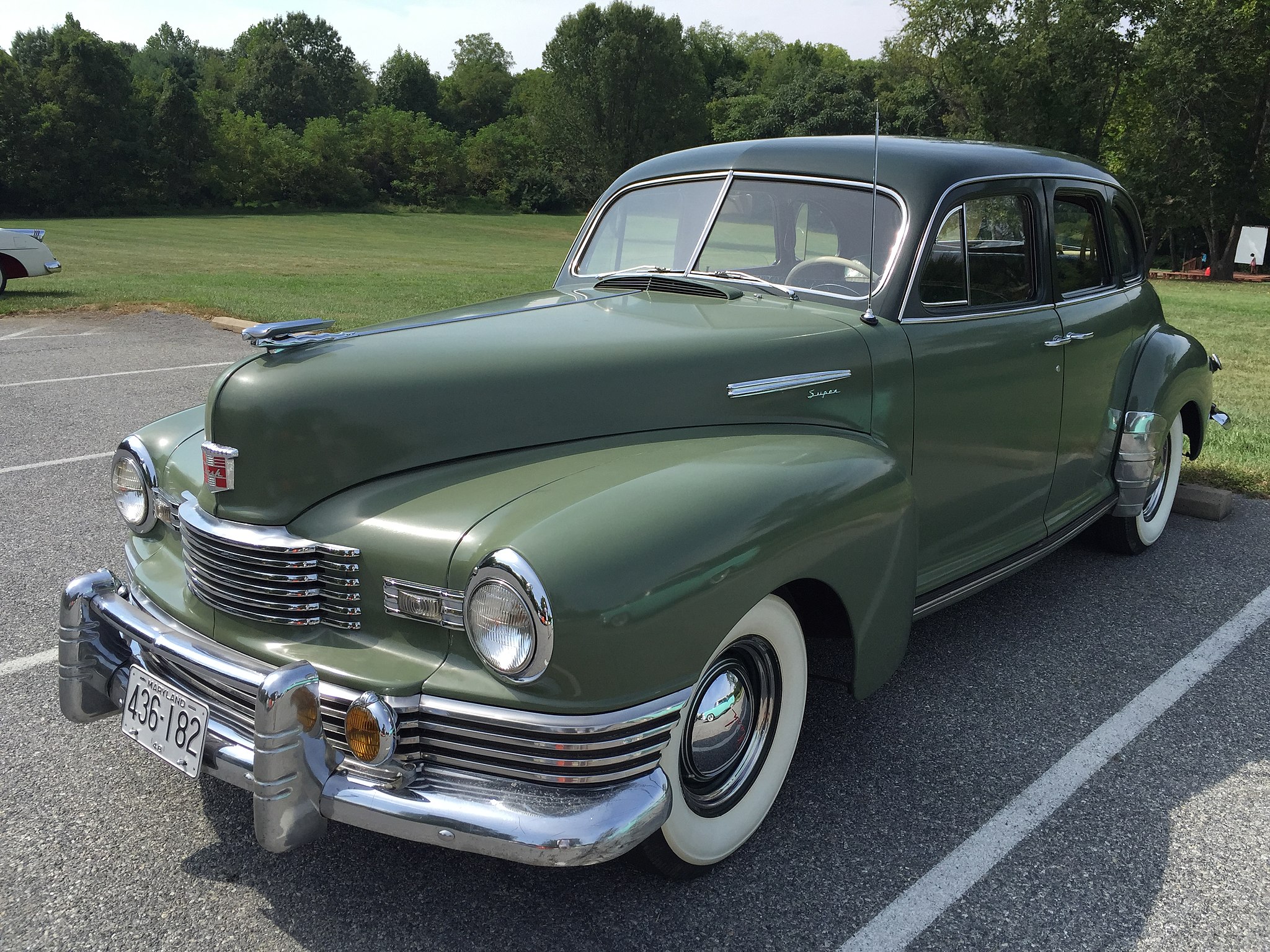 By the beginning of the twentieth century, horses and wagons were quickly giving way to new horseless carriages, or automobiles—and the landscape of Wisconsin’s towns and roadways began to change as well. Wagon shops, once part of one of the largest industries in Wisconsin, began making automobile parts instead. By 1925, motor vehicle manufacture had become the state’s biggest industry. The Nash Motor Company, based in Kenosha, Wisconsin, was one of the era’s leading producers of motor vehicles, and their “Ambassador” sedan, first introduced in 1941, is a great example of Wisconsin’s car industry. Many car companies assembled cars from parts created in other states or for other purposes, but most of the individual parts for the Nash, including the frame, engine, and exhaust system, were also made in Wisconsin.
By the beginning of the twentieth century, horses and wagons were quickly giving way to new horseless carriages, or automobiles—and the landscape of Wisconsin’s towns and roadways began to change as well. Wagon shops, once part of one of the largest industries in Wisconsin, began making automobile parts instead. By 1925, motor vehicle manufacture had become the state’s biggest industry. The Nash Motor Company, based in Kenosha, Wisconsin, was one of the era’s leading producers of motor vehicles, and their “Ambassador” sedan, first introduced in 1941, is a great example of Wisconsin’s car industry. Many car companies assembled cars from parts created in other states or for other purposes, but most of the individual parts for the Nash, including the frame, engine, and exhaust system, were also made in Wisconsin.
The Nash Ambassador sedan featured a metal design that used ‘unit-body construction.’ This meant that the body panels for the car were welded directly onto the frame. This construction was a way for Nash to distinguish itself from its then-competitors, Ford, General Motors, and Chrysler, and contributed to this car’s reputation for being both safe and efficient. Safety is a relative term, though. For instance, the Nash does not include seat belts, and that its rear doors are rear-hinged, which made it easier for the doors to swing open unexpectedly.
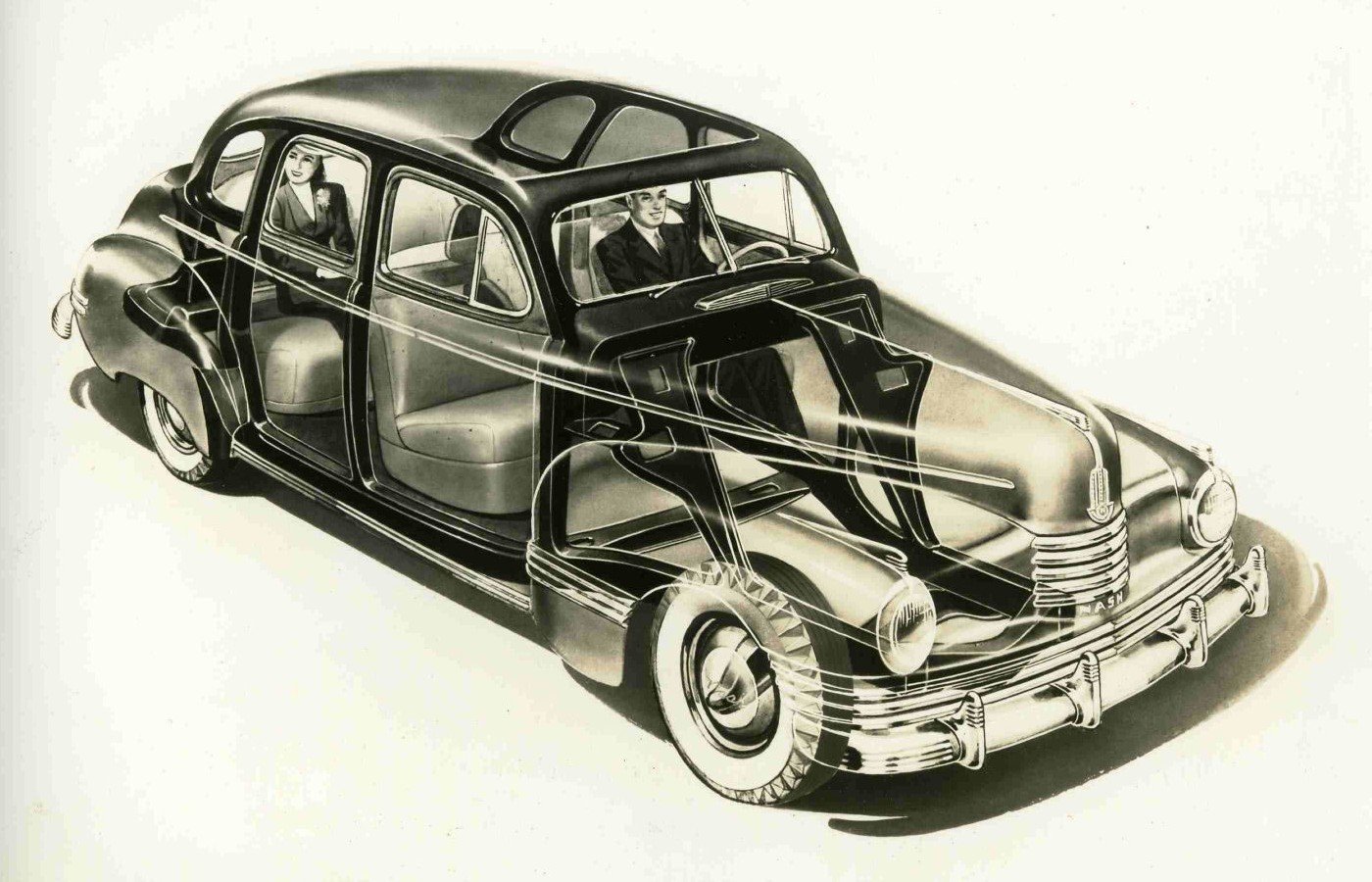
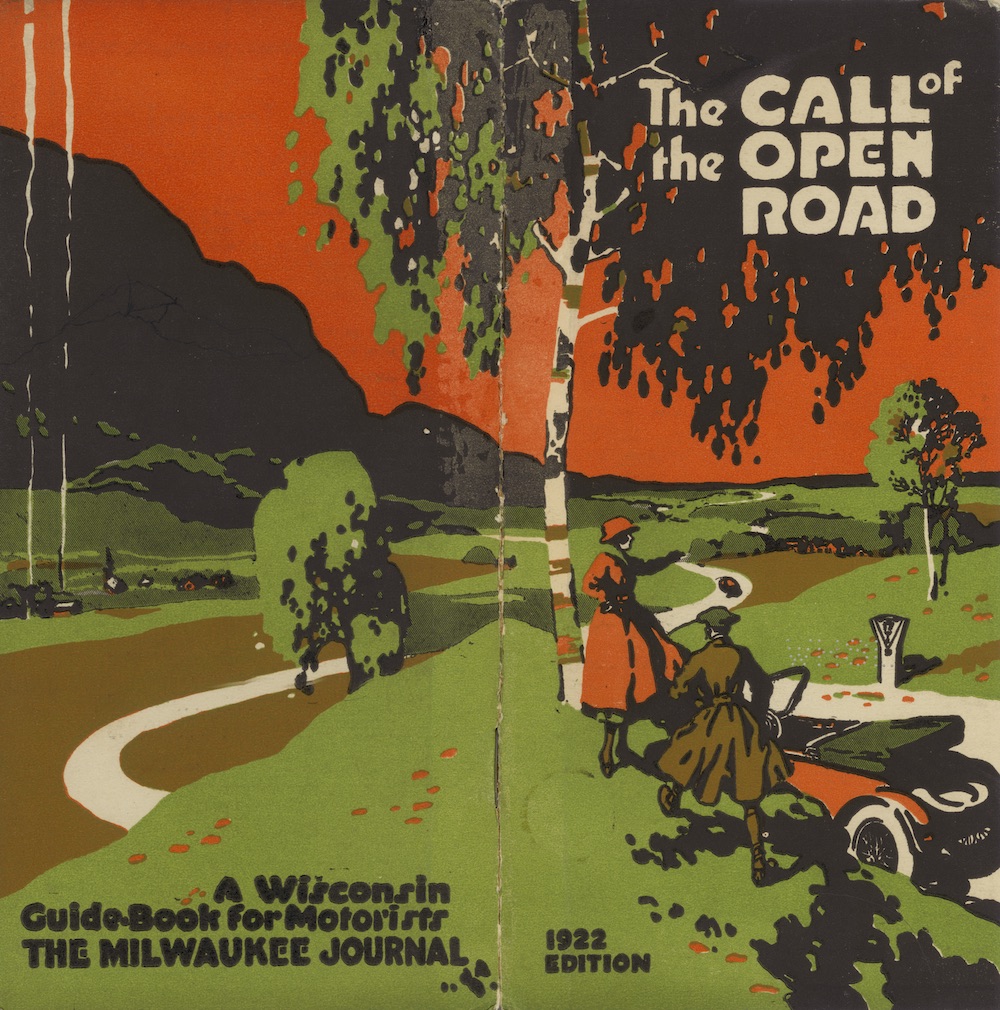
As cars became more common and affordable throughout America, and, simultaneously, as road quality began to improve, more and more vacationers traveling by car toured Wisconsin. To encourage this trend, Wisconsin businessmen began actively campaigning to bring more tourists to Wisconsin, publishing brochures and motorists’ guidebooks to welcome out-of-state guests. Visitors to Wisconsin came to enjoy the state’s natural beauty and to relax in the summer, bringing with them money that went to the state’s local businesses. By the late 20th century, tourism was one of the biggest and most lucrative industries in Wisconsin.
But tourism was not the only industry that benefited from the arrival of automobiles to Wisconsin. At its height, the Nash Motor Company provided employment to thousands of Wisconsin residents, and helped support many other local industries near Kenosha. Many of these were manufacturers of specific car parts, including tire factories, engine assembly lines, and chassis builders. The manufacture of automobile parts was often referred to as Wisconsin’s “invisible industry”, since consumers only saw the finished product of the car and thought less about the individual parts. Over time, larger, national car companies began displacing more regional companies like Nash, and Wisconsin increasingly specialized in the production of auto parts rather than the assembly of whole cars.
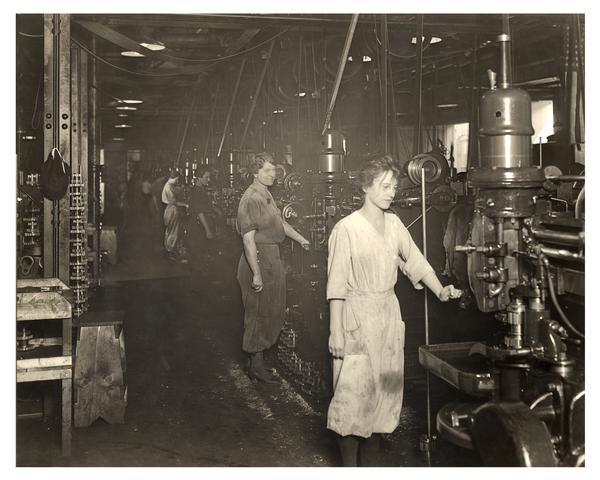
Though the Nash Motor Company no longer exists, we can still see the influence of it and companies like it today. For example, Wisconsin-based car companies invented three important technologies: the speedometer, the steel frame, and four-wheel drive! And to this day, both tourism and the manufacture of automobile parts remain important parts of Wisconsin’s identity and economy. The next time you’re in a car, consider all the ways Wisconsin has changed and been changed by the automobile!
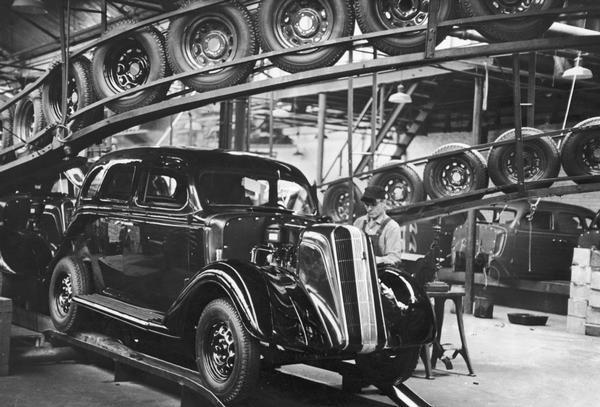
Peak into a 1940’s automobile assembly line with this short video created in 1940 illustrating the history of assembly lines.
This story is part of the Wisconsin Historical Museum Mini Tour
Written by Audrey Palzkill, October 2019.

